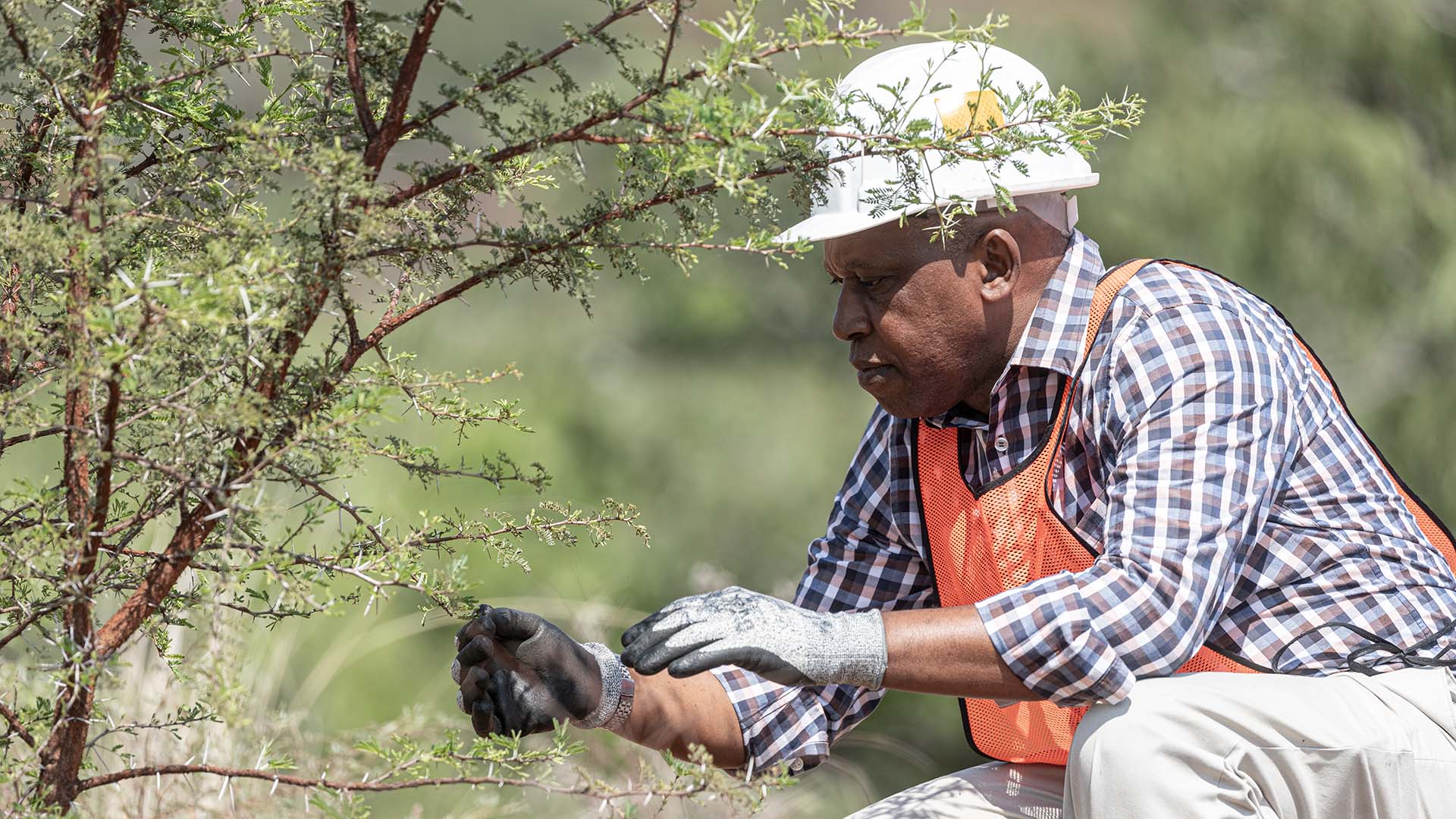We are consolidating our four existing mining standards into one standard and multi-stakeholder oversight system. Our vision is to simplify the current mining standards landscape and promote continual improvement of environmental, social and governance practices along individual metals’ value chains – from mining to smelting, refining and beyond.
Our aim is for this Standard to be adopted by a wide range of mining companies – large and small, across all commodities and locations – to drive performance improvement at scale. The purpose of this work is to reduce the complexity of the current standards landscape, meet the needs of a wide range of stakeholders and drive improved performance on responsible mining at scale.
We have worked with members of the Stakeholder Advisory Group (SAG) and the Industry Advisory Group (IAG) to leverage our collective expertise and perspectives to draft the Initiative’s three core elements:
The Consolidated Standard
The Consolidated Standard brings together the attributes of the four individual standards while eliminating duplication, filling gaps and making improvements where appropriate. It comprises 24 performance areas that cover a wide range of topics related to responsible mining.
Each of the performance areas has requirements grouped into three distinct levels: Towards Good Practice (a starting position of conformance with minimum industry standards); Good Practice (a level of practice in line with industry standards and international norms, frameworks and guidelines), and Leading Practice (a level of practice which goes beyond good practice and demonstrates leadership or best practice).

The Assurance Process and Claims Policy

The Assurance Process defines the steps required to provide a credible third-party validation of the status of implementation of the Consolidated Standard by individual facilities. The Assurance Process covers four stages: planning, execution, reporting and quality oversight.
The Assurance Process includes a procedure by which potential disputes between the Assurance Provider and Facility can be addressed, as well as a publicly accessible grievance process managed by the Secretariat for citizens to raise concerns with the Assurance Process and its implementation. The draft Assurance Process can be found here.
The Claims Policy describes the framework that governs the proposed claims that may be made by participating facilities. The draft Claims Policy can be found here.
The Governance Model
The publication of the Governance Model on 8 September is a significant milestone for the CMSI towards a strong, independent Board with multi-stakeholder participation to oversee the Consolidated Standard and its implementation.
The evolution of the Governance Model was guided by the rich feedback received during the first public consultation, as well as extensive input from our Stakeholder and Industry Advisory Groups.
The Governance Model will be adopted by The Copper Mark as it evolves to become the Secretariat for the Consolidated Standard. The Copper Mark’s own Governance Model, including its current independent Board and Advisory Council, will evolve to the 17-member Board of Directors. A public, open call for applications for Board appointments will follow in due course, and the evolution should be completed before the finalisation of the Standard.
Once finalised, existing members of ICMM, World Gold Council and MAC, and participants of The Copper Mark are expected to transition and adopt the Standard.

This broad adoption would give the Standard the widest coverage of any voluntary mining standard to date.
Development Process
The process has been guided by two advisory groups: one comprising industry representatives (the Industry Advisory Group), and the other bringing together a diverse range of voices from stakeholders including NGOs, investors, Indigenous groups, customers and multilateral organisations (the Stakeholder Advisory Group). Members of these groups have worked together to leverage their expertise to support the development of the Standard and multi-stakeholder oversight system.
Guided by ISEAL’s Codes of Good Practice, the draft Consolidated Standard, Assurance Process and Claims Policy have been shared online for two public consultations. The first public consultation is now closed, and feedback is published in a consultation report. For full transparency, individual consultation responses are available here with the permission of those consulted. The final public consultation was held from 8 October to 17 November 2025 and is now closed. Learn about the final consultation here.

Decision Making Process
We aim to achieve consensus support for each element of the standard from the SAG and the IAG prior to each public consultation phase. The publication of the Governance Model on 8 Sept marks a significant step toward the establishment of an independent, Board reflecting multi-stakeholder participation that will have final oversight of and approve the Consolidated Standard, Assurance Process and Claims Policy. The Boards of each of the four Partners have been – and will be – closely involved in overseeing the development of the Standard. Once finalised, the Standard is expected to be adopted by existing members of ICMM, WGC, MAC and participants of The Copper Mark.
Terms of reference for the initiative can be found here and you can learn more about the initiative here.


